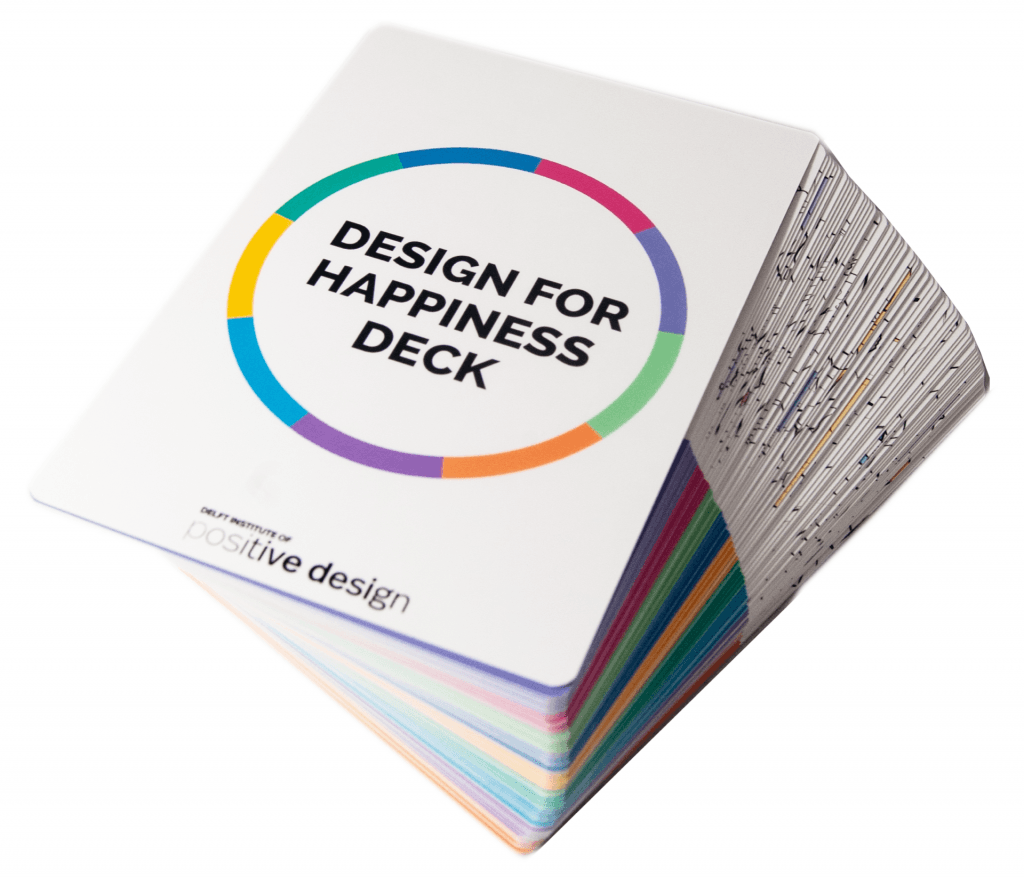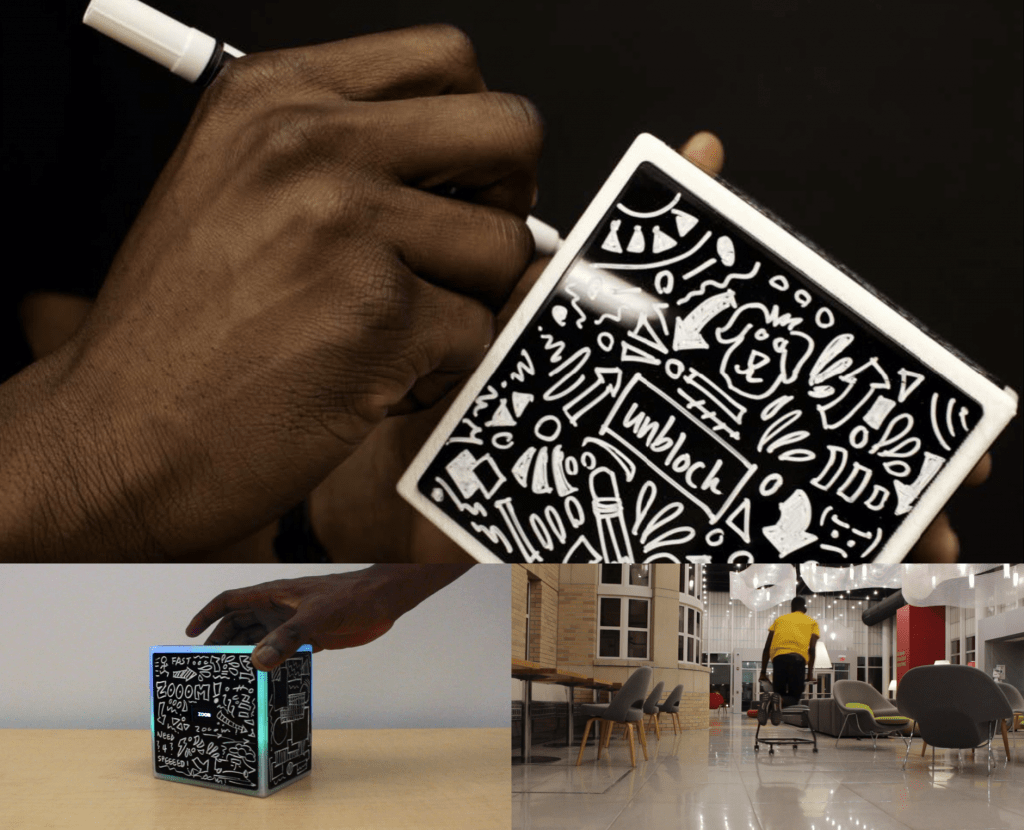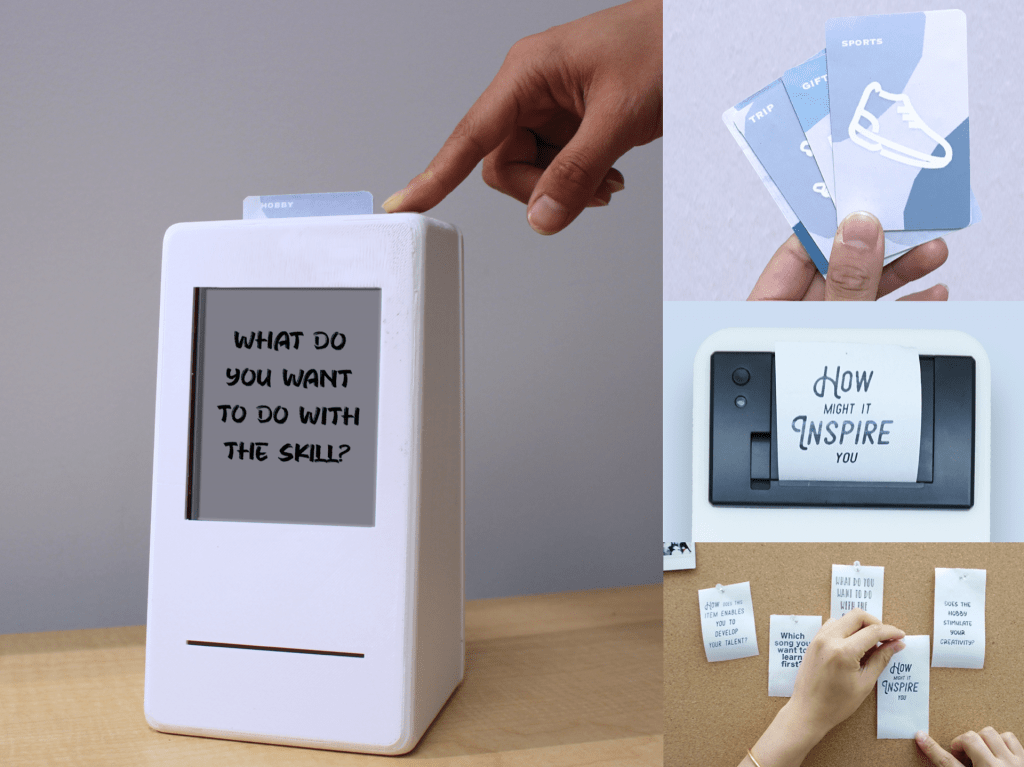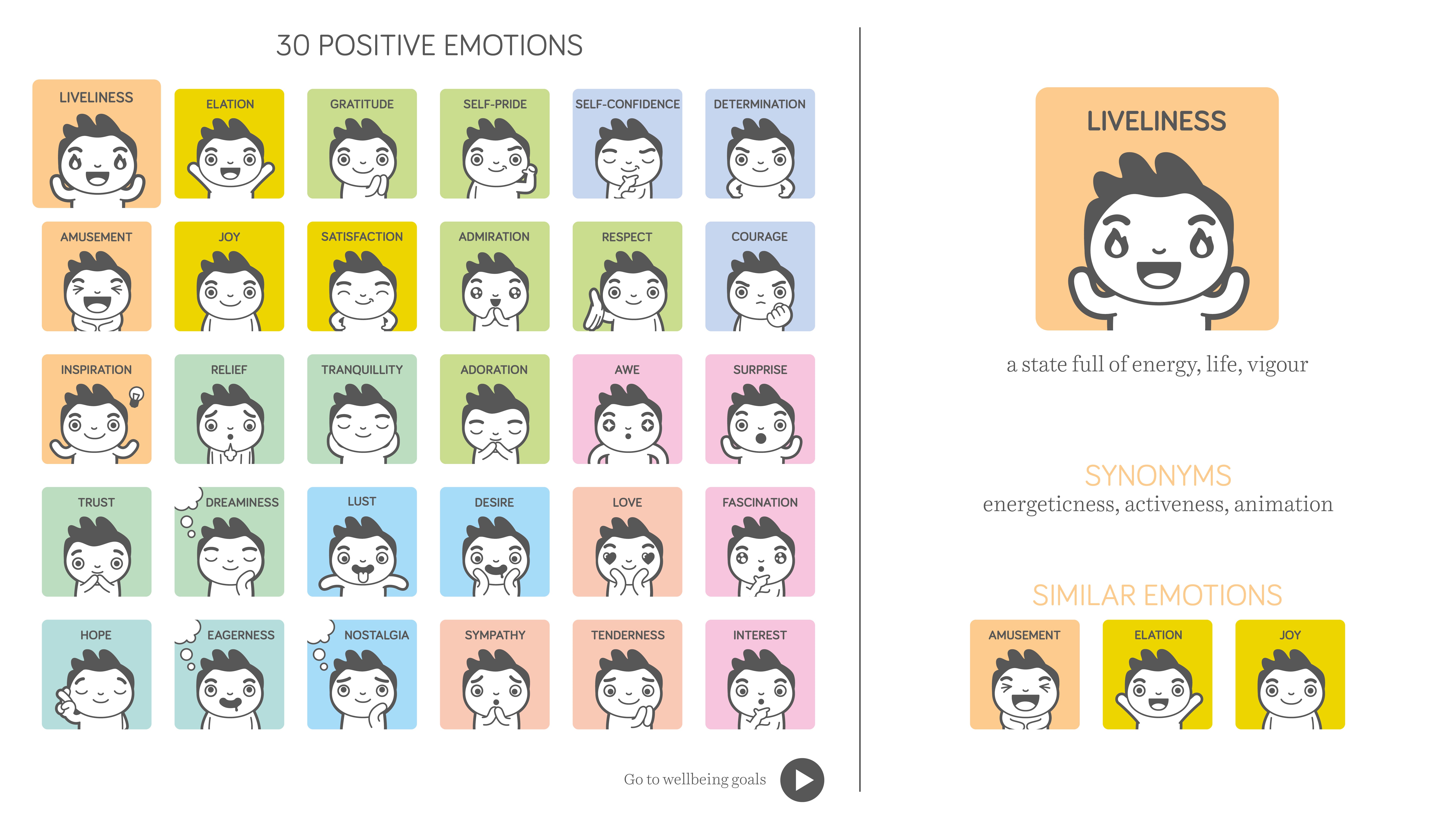
Research conducted in collaboration with Delft Institute of Positive Design
Publication:
- Desmet, P. M. A., Pohlmeyer, A. E., & Yoon, J.(2018). Design for Happiness Deck.Delft, Delft University of Technology. ISBN: 978-94-92516-86-2. Download
Repost from Delft Institute of Positive Design
To design for happiness sounds like a grand undertaking. Some might even say an overly ambitious one – but we disagree. We believe that explicitly focusing on customer happiness is an indispensable part of user-centred design and, ultimately, a reliable predictor of a design’s success.
The Design for Happiness Deck is a tool that you can use to tap into the vast potential of lasting wellbeing. Use it to break down the seemingly overwhelming phenomenon of happiness into manageable components that offer you a direct doorway to ideation and analyses of your design project.
Based on the Positive Design framework developed by Pieter Desmet and Anna Pohlmeyer, these three card sets explore three essential aspects of designing for happiness:
- Pleasure – happiness that comes from enjoying the moment
- Personal Significance – happiness derived from having a sense of progressing towards a future goal and from the awareness of past achievements
- Virtue – happiness that is the result of morally valued behaviour
For each aspect, a fine-grained overview of 24 potential manifestations is provided – 24 shades of pleasure, 24 human goals and 24 virtuous character strengths, combining to a total set of 72 cards.
By considering these concrete units of human experience, you will immediately be able to challenge the wellbeing prospects of your future designs. We leave it to you to decide how and when to use the card sets – to inform your research, trigger new ideas, get specific about targeting wellbeing, justify your design decisions, or simply inspire your team.





